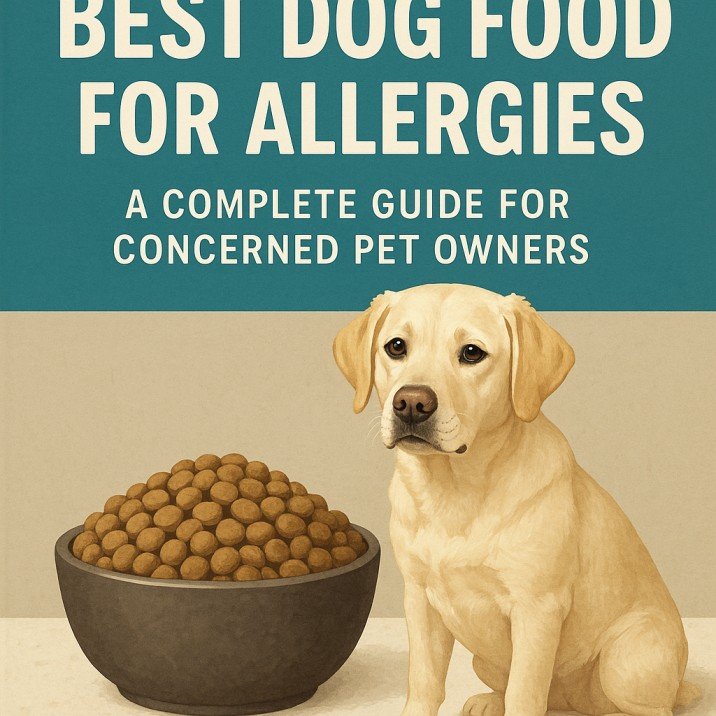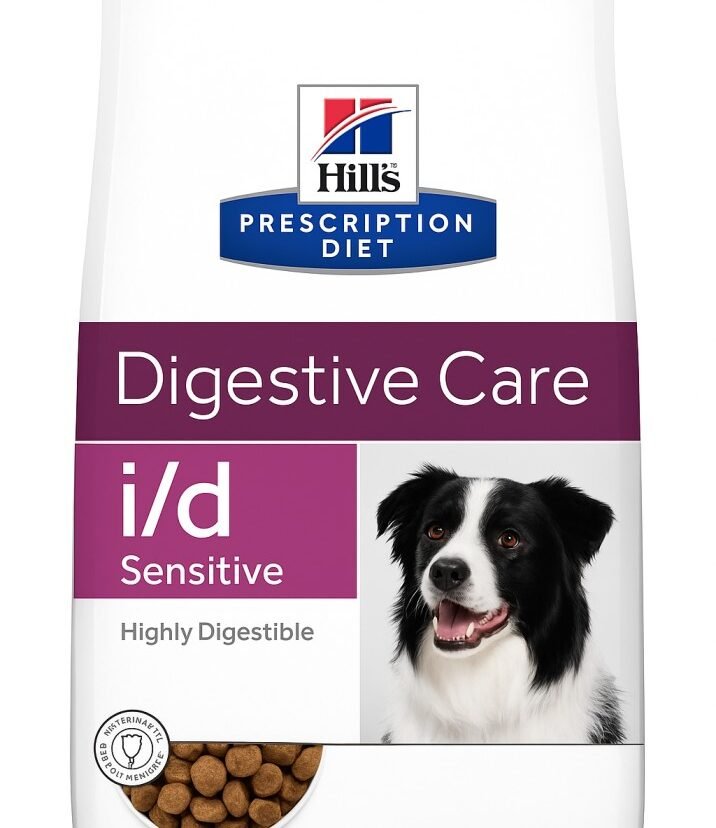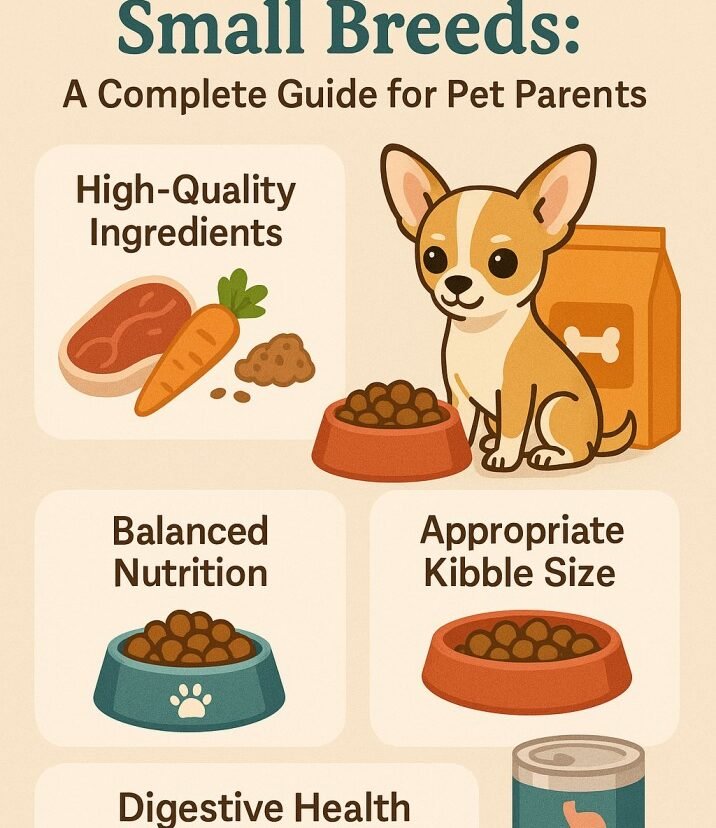Best Dog Food for Allergies: A Complete Guide for Concerned Pet Owners
When your dog is constantly scratching, licking their paws, or suffering from digestive issues, food allergies might be the root cause. Just like humans, dogs can be sensitive to certain ingredients in their diet. Finding the best dog food for allergies can dramatically improve your pet’s health and happiness. In this guide, we’ll explore what dog food allergies are, how to identify them, and the top ingredients to look for when choosing allergy-friendly dog food.
Understanding Dog Food Allergies
Dog food allergies occur when your dog’s immune system reacts negatively to a particular protein or ingredient in their diet. These reactions can manifest in several ways, including:
- Itchy skin or rashes
- Chronic ear infections
- Vomiting or diarrhea
- Excessive licking or chewing
- Hair loss or dull coat
Common allergens include beef, chicken, dairy, wheat, soy, and corn. While these ingredients are commonly found in commercial dog foods, they don’t suit every canine.
How to Identify Food Allergies in Dogs
Before switching your dog’s diet, it’s important to confirm whether allergies are the issue. Veterinarians often recommend an elimination diet. This involves feeding your dog a limited-ingredient or hypoallergenic food for 8-12 weeks and monitoring symptoms. If the symptoms disappear, you can gradually reintroduce ingredients to pinpoint the allergen.
Key Features of the Best Dog Food for Allergies
When choosing the best dog food for allergies, look for the following qualities:
1. Limited Ingredients
Fewer ingredients mean fewer chances of triggering an allergic reaction. Look for recipes labeled as “limited ingredient diet” (LID). These foods typically feature one protein source and one carbohydrate source.
2. Novel Proteins
Dogs often develop allergies to common proteins like chicken or beef. Switching to a novel protein like duck, venison, kangaroo, or salmon can be easier on your dog’s system.
3. Grain-Free or Gluten-Free
While not all dogs are sensitive to grains, some suffer from grain-related allergies. Choosing a grain-free formula can help relieve symptoms like itchy skin or digestive discomfort.
4. Hydrolyzed Proteins
In hydrolyzed protein diets, the proteins are broken down into small components that are less likely to trigger an immune response. These are often used under veterinary supervision for severe allergies.
5. No Artificial Additives
Artificial colors, flavors, and preservatives can irritate a dog’s digestive system or skin. Choose foods that are free of synthetic additives and made with whole-food ingredients.
Top Ingredients to Look For
Here are some allergy-friendly ingredients often found in the best dog food for allergies:
- Sweet potatoes: A gentle, digestible source of carbohydrates.
- Peas and lentils: Good grain alternatives for protein and fiber.
- Fish oil: Rich in omega-3 fatty acids, which help reduce inflammation and promote a healthy coat.
- Pumpkin: Supports digestive health.
- Probiotics: Aid in maintaining a healthy gut flora.
Homemade vs. Commercial Allergy Dog Food
Many pet owners consider homemade diets as a way to control every ingredient their dog consumes. While this can be effective, it’s important to work with a veterinarian or canine nutritionist to ensure your dog gets all the necessary nutrients.
For convenience, high-quality commercial allergy dog foods are widely available. These products are formulated to be nutritionally complete and are rigorously tested for safety and effectiveness.
Wet vs. Dry Food for Allergies
Both wet and dry dog food can be suitable for dogs with allergies. Dry kibble tends to be more convenient and budget-friendly, while wet food can be easier to digest and more appealing to picky eaters. The key is to focus on the ingredients, not the format.
Breed-Specific Considerations
Some dog breeds are more prone to food allergies than others. Breeds like Bulldogs, Retrievers, Terriers, and German Shepherds commonly suffer from skin and digestive sensitivities. If you own a breed with a higher risk, choosing hypoallergenic food from the start may help prevent problems later on.
Transitioning to a New Dog Food
When introducing a new diet, do it gradually over 7–10 days. Start by mixing a small amount of the new food with the old and slowly increase the ratio. This helps prevent digestive upset and gives your dog time to adjust.
When to See a Veterinarian
If your dog continues to show symptoms despite dietary changes, consult a veterinarian. Persistent allergies can lead to more serious health problems if not treated properly. A vet can run tests or recommend prescription hypoallergenic diets that may be more effective.
Final Thoughts
Finding the best dog food for allergies takes time, patience, and careful observation. By identifying your dog’s triggers and choosing high-quality, limited-ingredient foods with novel proteins, you can significantly improve your dog’s quality of life. Whether you opt for a commercial hypoallergenic formula or a carefully crafted homemade recipe, the goal is the same: a healthy, happy dog free from the discomfort of allergies.
Always remember that every dog is different. What works for one pup may not work for another. Pay close attention to how your dog responds to new foods and consult your veterinarian for guidance along the way. Yo








Leave feedback about this